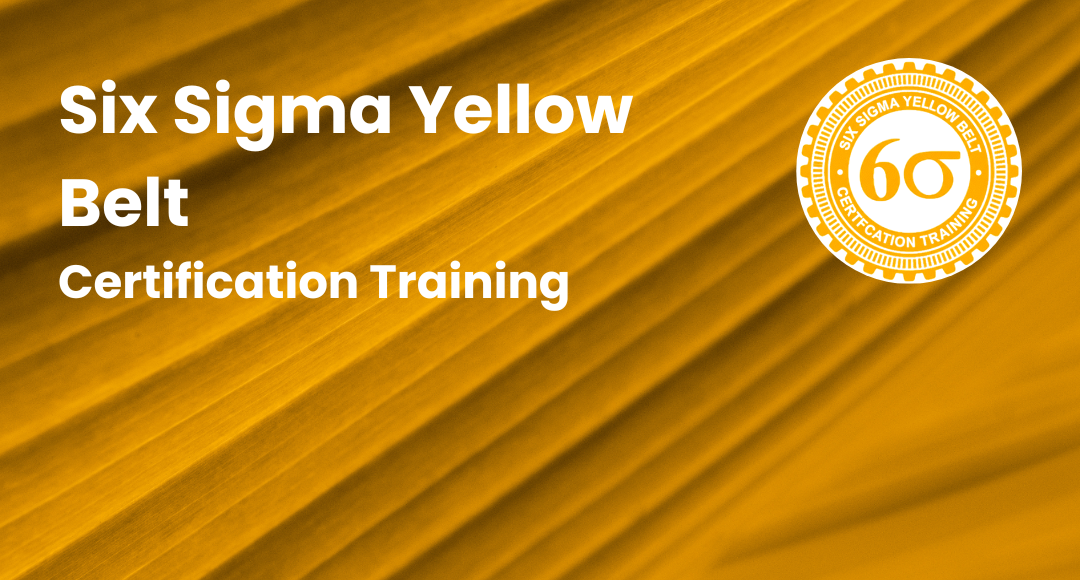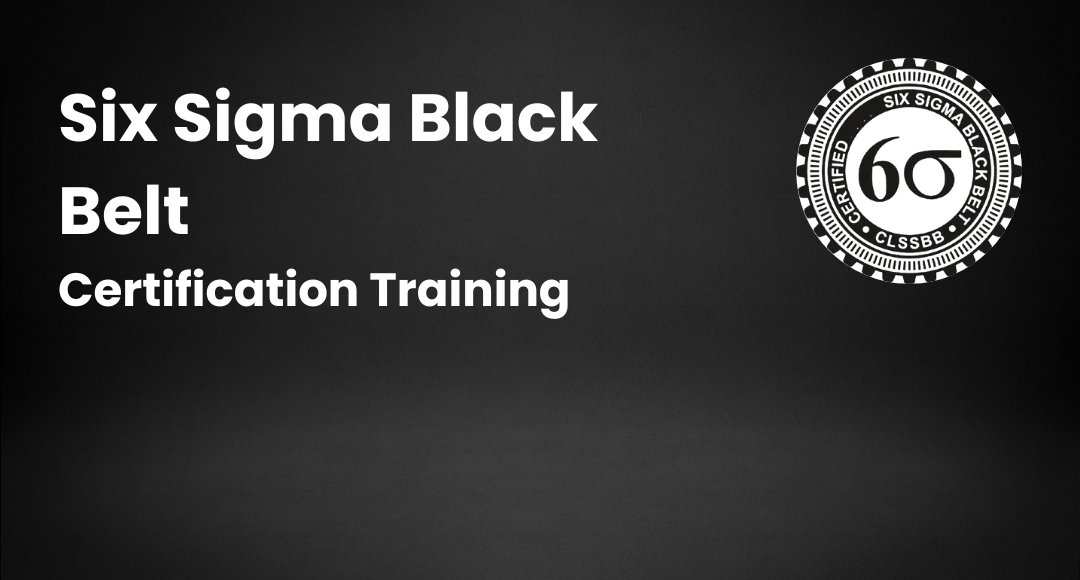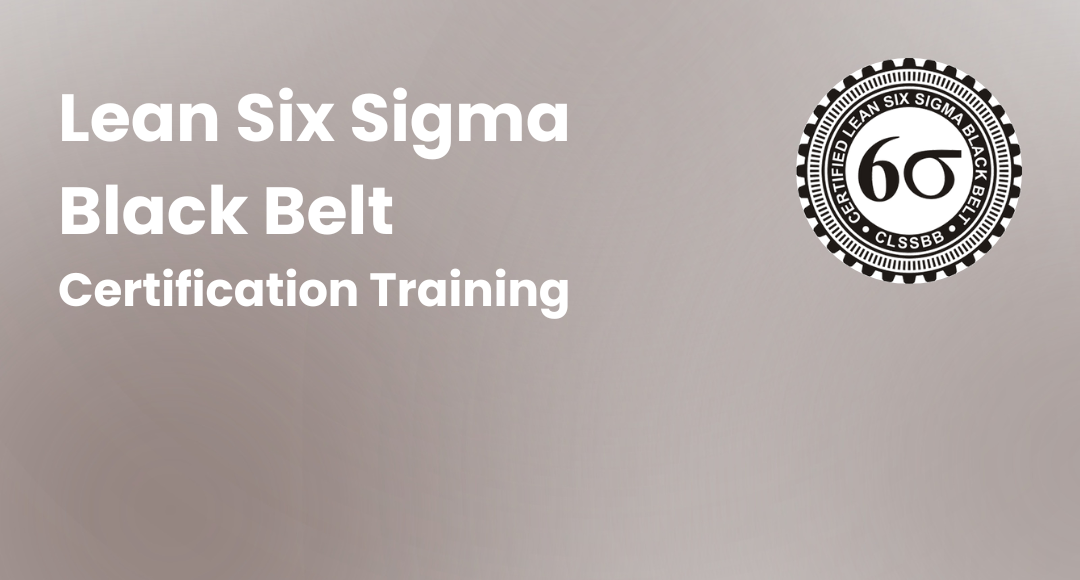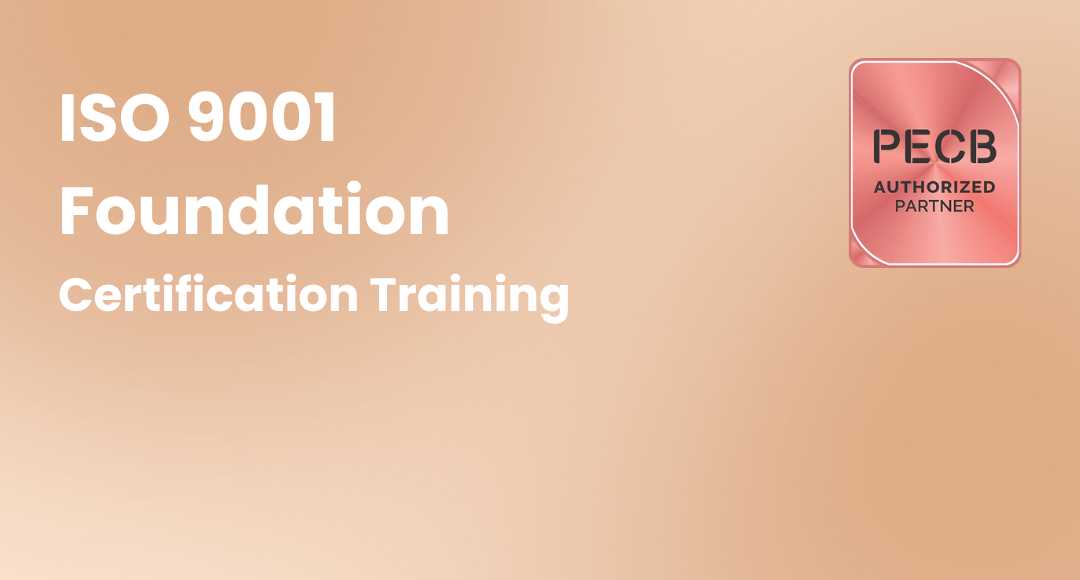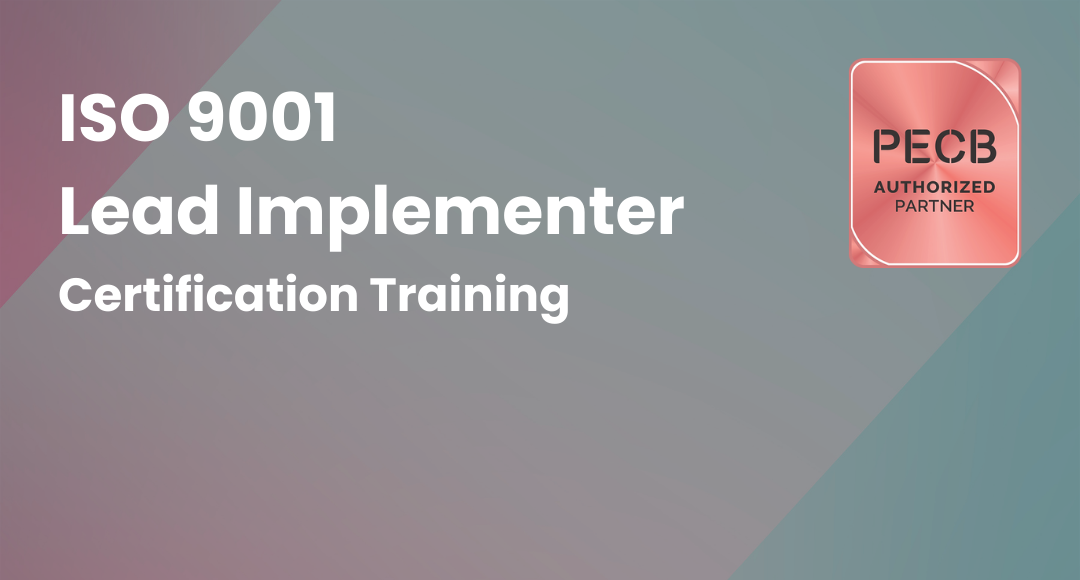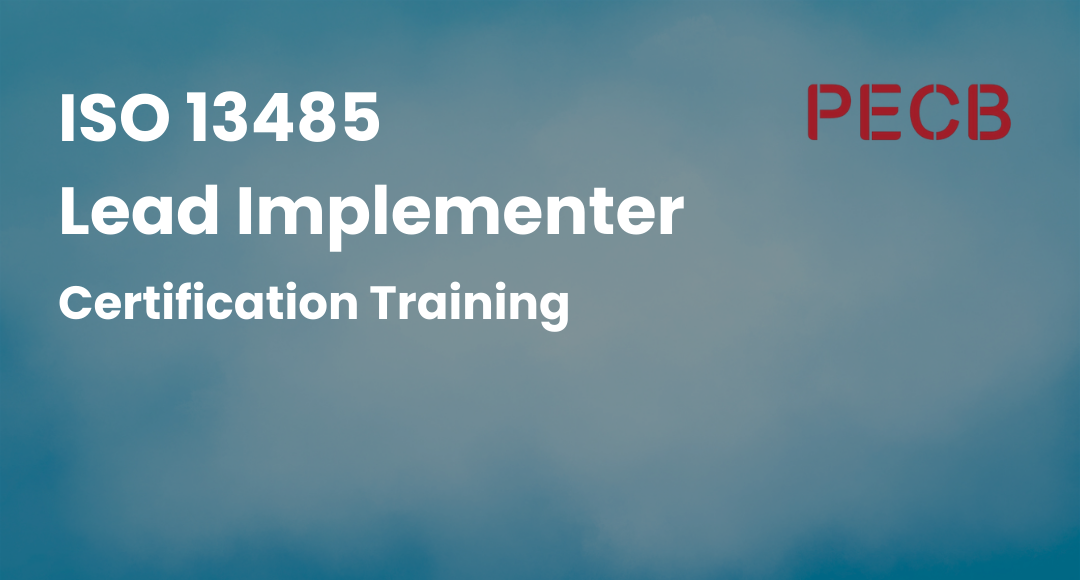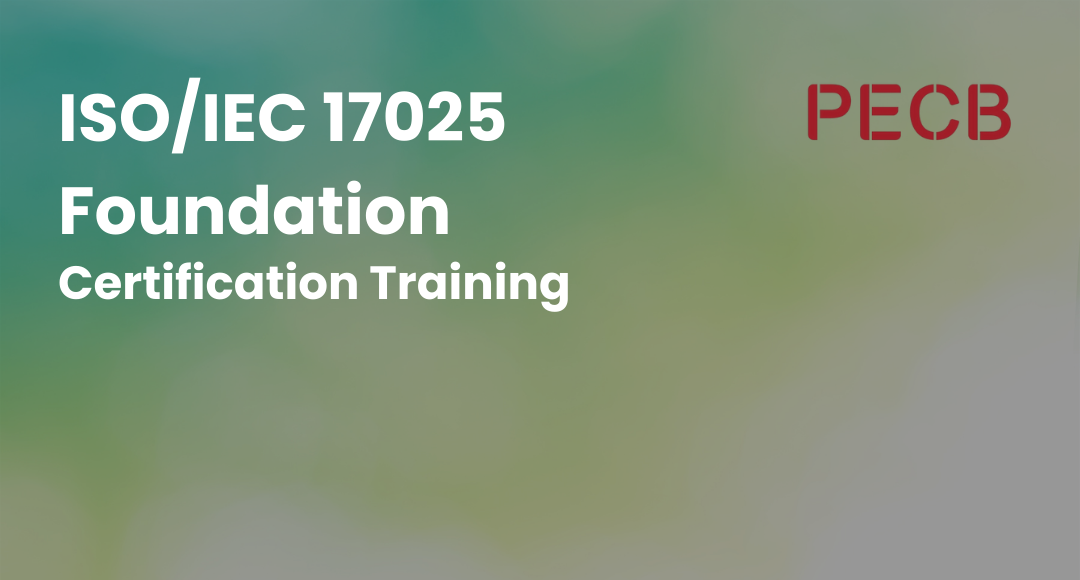Lean Waste Reduction Strategies: Boost Efficiency and Cut Costs
-
 By Nchumbeni Yanthan
By Nchumbeni Yanthan - Published on Jan 10 2024

Table of Contents
Understanding Lean Waste Reduction and its Management
Lean waste reduction strategies are a part of a comprehensive concept in lean waste management that systematically identifies and removes unnecessary processes and activities from a company. This strategic approach prioritizes resource utilization optimization to increase overall productivity and efficiency, going beyond cost reduction alone.
By minimizing waste, organizations can synchronize their operations with customer needs, fostering a lean and adaptable environment capable of promptly adjusting to market changes.
The significance of lean waste reduction in the business domain cannot be overstated. It functions as a guiding light for cost savings, elevating operational efficiency, and fortifying overall competitiveness.
This management philosophy assumes a pivotal role in transforming organizational cultures by instilling a mindset centered on continuous improvement and lean waste reduction strategies. Moreover, by prioritizing activities that directly contribute to customer satisfaction, lean waste reduction emerges as a strategic catalyst for enduring business success.
Key Principles of Lean
Lean principles are fundamental concepts guiding efficient and value-driven operations. They emphasize providing maximum value to customers while minimizing waste.
Understanding client needs, findings to the larger process value, maintaining efficient workflow, producing only what is required when required, and never stopping the pursuit of perfection are important lean waste reduction strategies.
Organizations can increase productivity, get rid of pointless tasks, and foster a continuous improvement culture by focusing on these ideas.
A mindset that prioritizes productivity, client satisfaction, and the removal of non-value-adding components from all facets of work is cultivated by lean principles.
Seven Types of Waste in Lean
Understanding the wastes of lean, often referred to as "Muda," is pivotal for organizations aiming to embark on a Lean journey. These waste categories serve as diagnostic tools, enabling businesses to identify and eliminate inefficiencies systematically. Inefficient product or material movement introduces complexities and potential damage.
Lean's seven categories of waste, termed "Muda," embody common inefficiencies hindering productivity, including Transportation, Inventory, Motion, Waiting, Overproduction, Over-processing, and Defects. Recognizing and eliminating these inefficiencies is crucial within Lean principles, optimizing processes for enhanced efficiency and value delivery.
Key Lean Waste Reduction Strategies
Lean Waste Reduction centers on lean waste reduction strategies, systematically eliminating waste. Not one-size-fits-all, these strategies offer a toolkit for customized approaches to address specific organizational needs.

Multifaceted Lean strategies proactively streamline processes, boost productivity, and enhance product and service quality, serving as a foundation for optimized operations. Here the some of the lean waste strategies:
Lean Waste Reduction Strategy 1: 5S Methodology
The 5S Methodology is a foundational strategy focusing on workplace organization, including lean waste reduction strategies. It comprises Sort, Set in Order, Shine, Standardize, and Sustain principles. These collectively aim to create an organized, efficient, and visually controlled workspace.
By eliminating unnecessary items, arranging essential items for easy access, maintaining cleanliness, and establishing standardized processes, organizations can significantly reduce waste, enhance productivity, and create a safer work environment.
Lean Waste Reduction Strategy 2: The Kanban System
The Kanban System, a fundamental component of lean waste reduction, streamlines processes by displaying tasks on a board and guaranteeing effective resource distribution. It prioritizes waste reduction, cutting down on excess inventory, and just-in-time production.
The visual elements provided by Kanban improve communication, enabling teams to adapt quickly to changes and keep workflows efficient. Such lean waste reduction strategies encourage flexibility and ongoing improvement, which are essential for decreasing waste and raising overall productivity.
Lean Waste Reduction Strategy 3: Value Stream Mapping (VSM)
A strategic visualization technique called activities that contribute value stream mapping (VSM) separates them from those that do not. It offers a thorough picture of the processes. With its assistance in identifying waste areas, operational performance can be increased and waste can be lowered.
Lean Waste Reduction Strategy 4: Just-in-Time (JIT) Production
Just-in-Time (JIT) production minimizes excess inventory and lead times by aligning production precisely with demand. This approach reduces waste associated with surplus inventory, storage costs, and inefficient production processes, contributing to overall waste reduction.
Lean Waste Reduction Strategy 5: Single-Minute Exchange of Die (SMED)
The Single-Minute Exchange of Die (SMED) utilizes methods to reduce manufacturing setup time. SMED distinguished during product changeovers by dividing internal and external setup tasks and converting internals to externals. This method contributes greatly to waste reduction by reducing set-up inefficiencies, long waits, and overprocessing.
Lean Waste Reduction Strategy 6: Total Productive Maintenance (TPM)
Total Productive Maintenance (TPM) is crucial in Lean Waste Reduction, promoting a comprehensive approach to equipment care. With eight pillars, TPM engages all stakeholders, fostering responsibility. Autonomous Maintenance empowers operators, and Planned Maintenance minimizes downtime. Early Equipment Management (EEM) anticipates issues during design. TPM enhances equipment effectiveness, extends lifespan, and encourages continuous improvement, making it vital for operational excellence.
Choosing the Right Strategy
Selecting and implementing the best lean waste reduction strategies is critical for success. Ensure the chosen tactics align with organizational requirements, difficulties, and objectives. To effectively reduce waste using lean methodology, make informed decisions considering these factors.
Nature of the Industry:
Different industries have unique processes, demanding tailored strategies. Assess your industry's specific production nuances, ensuring the selected Lean strategy aligns seamlessly with your operational landscape.
Current Challenges:
Identify and address prevailing challenges within your organization. Pinpoint areas of waste and inefficiency to choose a Lean strategy that directly targets and resolves these issues, fostering sustainable improvement.

Steps to Implement Lean Waste Reduction
Here are the steps to implement lean waste reduction;
- Leadership Commitment: To raise capital and encourage an improvement culture, contribute to the stability of the leadership for the Lean initiative.
- Education and Training: Ensure that all levels receive thorough instruction in order to guarantee a common understanding of waste reduction and lean principles.
- Identify Current State: Thoroughly assess existing processes, pinpoint waste areas, and analyze root causes.
- Select Strategies: Choose lean waste reduction strategies aligned with organizational goals, tailored for maximum impact.
- Pilot Implementation: Test selected strategies in a small-scale pilot for refinement before full-scale adoption.
- Monitor and Evaluate: Continuously assess results, gather feedback, and use data for ongoing improvement.
- Scale Up: Expand Lean practices based on successful pilot outcomes for sustained waste reduction.
Gaining Lean Proficiency Skills with Sprintzeal
Sprintzeal offers industry-leading certifications that empower professionals with advanced skills in Lean and Six Sigma methodologies, propelling them towards excellence in waste reduction and process optimization.
Introduction to Sprintzeal's Certifications
1) Six Sigma Black Belt Certification: Sprintzeal's certification empowers advanced Lean and Six Sigma professionals. Tailored for organizational excellence, it denotes mastery in driving transformative initiatives.
2) Lean Six Sigma Certification: Sprintzeal's Lean Six Black Sigma Certification enhances proficiency in lean waste reduction strategies and process optimization, fostering a holistic approach to continuous improvement and resource efficiency.
Conclusion
In conclusion, Lean Waste Reduction stands as a beacon of operational excellence, offering organizations a transformative path towards enhanced efficiency and reduced operational costs.
Discover Sprintzeal's Six Sigma Yellow Belt training in lean waste reduction strategies to broaden your skill set. By assimilating the principles of Lean, identifying and eliminating the seven types of waste, and judiciously implementing appropriate strategies, organizations can navigate the dynamic business landscape with agility, ensuring sustained success.
From beginners to advanced professionals, our comprehensive courses cater to all levels. Contact our course expert or submit your query through the chat option for prompt assistance. You can also subscribe to Sprintzeal's newsletter for insightful updates and expert perspectives.
FAQs
What is the Lean waste reduction strategy?
The Lean waste reduction strategy systematically eliminates waste in organizational processes, using methodologies like 5S, JIT, and Value Stream Mapping.
How do you reduce the 7 wastes of Lean?
To cut the 7 wastes of Lean (Transportation, Inventory, Motion, Waiting, Overproduction, Over-processing, and Defects), apply Lean methodologies like JIT, Value Stream Mapping, and TPM for targeted waste elimination.
Which is the Lean process to reduce waste?
Effective Lean processes for lean waste reduction strategies include 5S for organization, SMED for setup time, and VSM for visualizing and optimizing processes.
What are the strategies of lean management?
Lean management strategies include JIT Production, VSM, TPM, 5S, Kanban System, SMED, and JIT for optimized operations and waste reduction.
Subscribe to our Newsletters
Popular Programs
Trending Posts
Top Qualities of a Good Manager and a Leader
Last updated on Aug 11 2022
Understanding the Key Principles of Lean Manufacturing
Last updated on Nov 22 2023
Operation Manager Interview Questions and Answers
Last updated on Mar 13 2023
Lean Six Sigma on Resume for Rewarding Career Benefits
Last updated on Nov 20 2023
DMAIC for Warehouse Safety: From Hazards to Control
Last updated on Aug 20 2025
5 Lean Continuous Improvement Principles to Supercharge Your Operations
Last updated on Jan 2 2024
Categories
- Other 69
- Agile Management 45
- Cloud Computing 56
- Project Management 172
- Big Data 66
- Business Management 88
- Digital Marketing 78
- IT Service Management 29
- Programming Language 58
- AI and Machine Learning 76
- IT Security 112
- Quality Management 78
- IT Hardware and Networking 25
- Microsoft Program 4
- Workplace Skill Building 13
- Risk Management 9
- Information Security 8
- Leadership and Management 9
- Corporate Training and Development 1
Trending Now
Top Career benefits of Lean Six Sigma Green Belt
ArticleLean methodology, Six Sigma methodology and Lean Six Sigma Explained
ArticleSix Sigma Black Belt Certification – Value and Career Benefits in 2026
ArticlePareto Chart in Six Sigma - Explained
ArticleSix Sigma Certification Guide - A Professional's Guide
ArticleQuality Control Explained – Six Sigma
ArticleQuality Assurance in Six Sigma Explained
ArticleQuality Assurance vs Quality Control
ArticleTotal Quality Management - A Complete Guide for Beginners
ArticleSix Sigma Certification – Everything you Need to Know About Getting Certified
ArticleLean Six Sigma on Resume for Rewarding Career Benefits
ArticleSix Sigma Yellow Belt Certification - Six Sigma for Beginners
ArticleQuality Management Interview Questions 2026
ArticleQuality Manager Interview Questions and Answers for 2026
ebookService Delivery Manager Interview Questions and Answers (With Examples)
ArticleSix Sigma Interview Questions and Answers 2026
ArticleA Supply Chain Management Guide to Mastering Logistics End to End
ArticleSenior Quality Manager Interview Questions and Answers 2026
ArticleTop Quality Analyst Interview Questions and Answers 2026
ArticleFinancial Analyst Interview Questions and Answers 2026
ArticleRisk Manager Interview Questions and Answers 2026
ArticleCompliance Manager Interview Questions and Answers 2026
ArticleOperation Manager Interview Questions and Answers
ArticleHow to Become a Quality Manager - Career, Job Scope and Certifications
ArticleHow to become a Quality Analyst
ArticleSix Sigma Certifications - Reasons Why you Should Get Them
ArticleTop Qualities of a Good Manager and a Leader
ArticleLearn about Statistical Process Control (SPC) and its top applications
ArticleCost of Poor Quality - A Detailed Guide
ArticleImplementing 5S Methodology for Better Work Efficiency
ArticleWhat Is Lean Management?
ArticleBest Six Sigma Books in 2026
ArticleLeadership vs Management - The Ultimate Guide
ArticleQuality Assurance Plan - Six Steps To Quality Assurance Plan
ArticleOperational Planning Creation, Key Elements and its Benefits
ArticleA Complete Guide to Product Life Cycle Stages 2026
ArticleDMAIC Methodology - The Ultimate Guide
ArticleSix Sigma tools for DMAIC Phases
ArticleWhat Is Lean Manufacturing?- An Overview
ArticleThe Lean Continuous Improvement Model: A Comprehensive Guide
ArticleDMAIC vs. DMADV: Key Differences and Choosing the Right Six Sigma Methodology
ArticleA Deep Dive into the Power of Lean Continuous Improvement Process
ArticleIntroduction to Lean Manufacturing- Definitions, Framework, and More
ArticleLean Continuous Improvement Methods for Business Excellence
ArticleUnderstanding the Key Principles of Lean Manufacturing
ArticleSecret to Unlock Organizational Excellence: Stages of Continuous Improvement
ArticleLean Continuous Improvement: A Detailed Guide to Mastering Organizational Quality
ArticleLean Waste Management: The Ultimate Guide 2026
ArticleA Deep Dive into Lean Continuous Improvement Tools
Article8 Wastes of Lean - Strategies for Identification and Elimination
Article5 Lean Continuous Improvement Principles to Supercharge Your Operations
ArticleThe Ultimate Guide to Lean Manufacturing
ArticleUnderstanding Lean Manufacturing's Pros and Cons
ArticleTop 10 Lean Manufacturing Tools for Optimal Productivity
ArticleBeyond the Basics: Benefits of Lean Continuous Improvement
ArticleWhat are Quality Standards? | A Guide to ISO Standards
Article7 Important Types of Quality Management System
ArticleISO 9001 Standard: Benefits and Certification
ArticleA Comprehensive Guide to Quality Management Systems
ArticleBenefits of QMS Certification for Your Business
ArticleStep-by-Step Implementation Guide to ISO 9001
ArticleThe Ultimate Guide to ISO 9001: Boosting Quality and Certification Success
ArticleEssential Components of a Quality Management System
ArticleQuality Management System – QSM Approaches and Methodologies
ArticleHow to Effectively Implement a Robust Quality Management System?
ArticleExplaining QMS Documentation Structure: Benefits and Best Practices
ArticleWho Needs ISO 9001 Certification and Why?
ArticleKey Elements of ISO 9001:2015 Quality Management System
ArticleOvercoming Common Challenges in ISO 9001 Certification: Tips and Best Practices
ArticleBest Quality Management Tools
ArticleTotal Quality Management (TQM) vs. Six Sigma
ArticleQuality Manager Salary: What Freshers & Experts Earn in 2026
ArticleCertified Scrum Product Owner: Job Roles And Responsibilities
ArticleTips for Continuous Integration Testing: Streamlining QA
Article10 Quality Management Strategies Adopted by Top Managers
ArticleDMAIC for Warehouse Safety: From Hazards to Control
ArticleLive Data, Faster Fixes: How Smart Monitoring Is Rewriting Quality Control
Article
